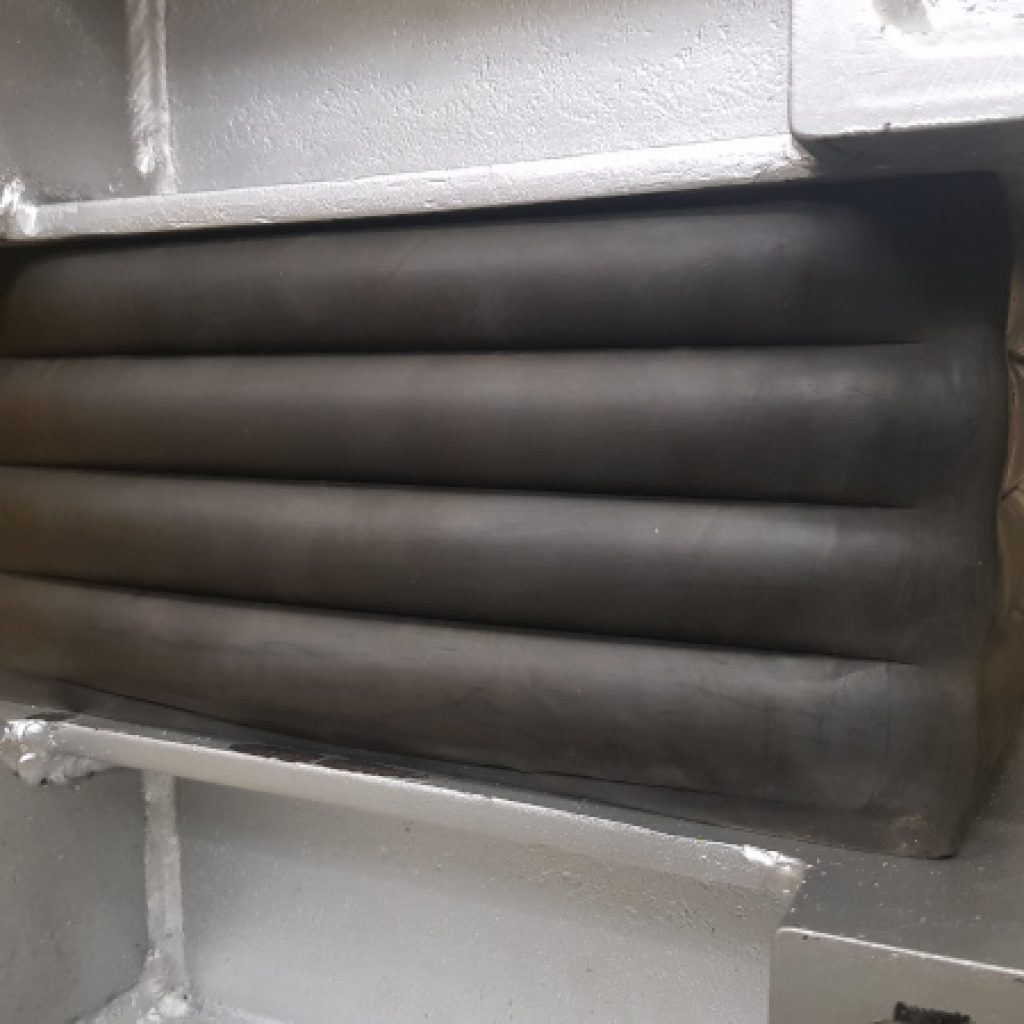Vibration Isolation of Trainline vibration using Isolation Bearings, Birmingham Conservatoire
The new Birmingham Conservatoire is the first complete new build Conservatoire in the UK since 1987, and will provide state-of-the-art performance space and acoustical quality. It will comprise five performance venues, including a public concert hall with the capacity for 400 seats and a full orchestra, plus a recital hall at 150 seats and smaller experimental music space, organ and jazz rooms.
In order to achieve a background noise level of PNC15 in the three main halls, each was designed as a structurally separate concrete shell, the largest hall sitting above two others. Each of the three shells sit on isolation bearings which separate each from surrounding structure and isolate against ground-borne vibration.
The sources of the ground-borne vibration were predicted to be HS2 and extension of the Birmingham tram network. The original specification called for 5.0Hz bearings but this was reduced to 6.0Hz following a cost benefit analysis. While 5.0Hz is achievable with rubber bearings (without moving to much more costly spring bearings) the difference in thickness and therefore cost compared to 6.0Hz is significant.
Mason UK engineered and supplied all the bearings required to support the three shells. We worked closely with the structural engineers and steelwork fabricator to integrate the bearings, because the use of rubber does affect the structural design and the engineering of load transfer plates.
Every Mason bearing is tested in the factory and engineered to last the life of the building without inspection or maintenance. We delivered all the bearings in a very tight timeframe to meet the contractor’s schedule.






